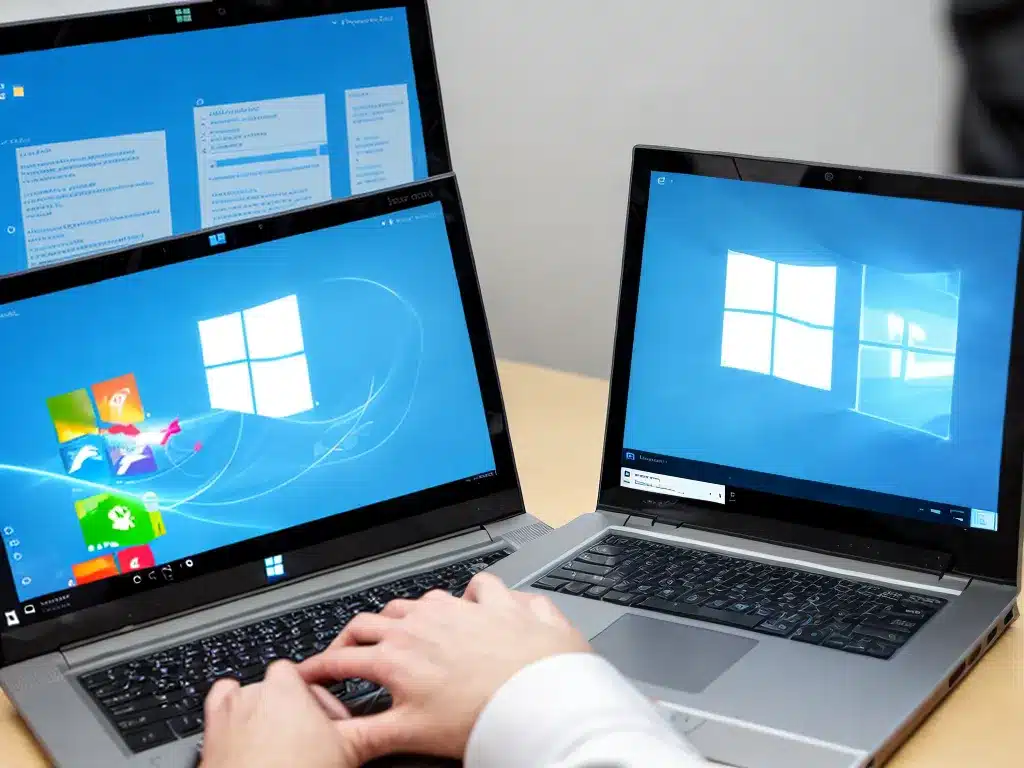

Windows Update Failed – 5 Steps To Troubleshoot and Fix It
Having Windows Update fail to install important updates can be incredibly frustrating. A failed update may leave your computer vulnerable to security risks, cause software compatibility issues, or prevent you from getting new features. Fortunately, there are several troubleshooting steps you can take to diagnose and resolve update failures. Here are 5 steps to troubleshoot and fix a failed Windows Update:
1. Check Your Internet Connection
The most obvious reason an update would fail is an unstable or disconnected internet connection. Before troubleshooting anything else, ensure your internet is working properly. Try loading a website to confirm your network connectivity. If pages won’t load, reboot your router/modem and try reconnecting. For laptops, verify Wi-Fi is connected or plug in an ethernet cable. A stable internet connection is required for updates to download and install correctly.
2. Restart Your Computer
One quick fix is simply to restart your PC. Rebooting will clear any temporary files/processes that could be interfering with the update. Sometimes an update may have partially installed or needs a restart to finish configuring system files. Restart and check if Windows Update works normally after booting back up. If the update still fails, move on to the next steps.
3. Check for Corrupted System Files
Corrupted Windows system files can prevent updates from installing smoothly. Run the System File Checker tool to scan for and replace corrupted files. On Windows 10 or 11, search for “command prompt”, right-click it and select “Run as administrator”. In the command prompt, type sfc /scannow and hit Enter. This will scan your system and repair any integrity violations. After it completes, restart and retry the update.
4. Temporarily Disable Antivirus
Antivirus software can sometimes interfere with Windows Updates. The antivirus may mistakenly detect update files as malicious and block installation. Try temporarily disabling your antivirus to see if that allows the update to succeed. Don’t forget to re-enable your antivirus after updating!
5. Manually Install Problematic Updates
If none of the above steps work, you can attempt to manually download and install the specific Windows Updates that are failing. Look up the Knowledge Base ID number for the failed updates in your update history. Go to the Microsoft Update Catalog website and search for the KB number to download the update manually. Try installing them individually to see if a particular update is causing issues.
With a bit of time and patience, you should be able to troubleshoot what is blocking your Windows Update and get everything patched up and running smoothly. Be sure to check for any available driver or firmware updates for your hardware as well. For further assistance, you can also contact Microsoft Support. Consistently keeping Windows up-to-date is vital for security and stability, so persisting with these troubleshooting steps can ensure your computer stays protected.












